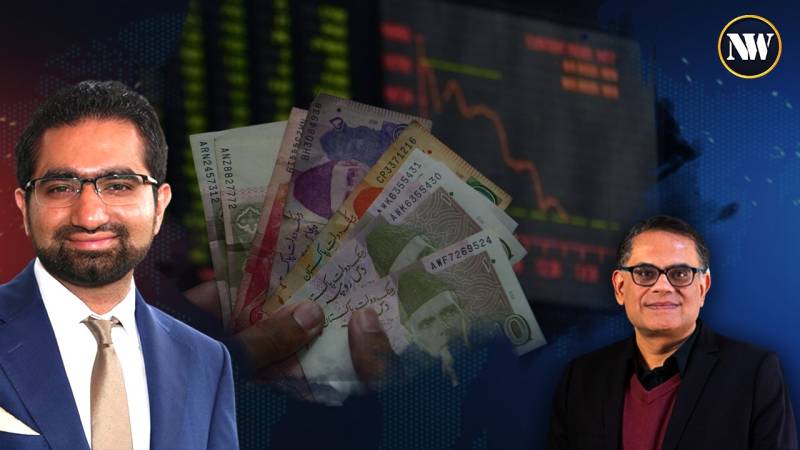Pakistan has found itself in the midst of a severe currency crisis that has sent shockwaves through its economy. At the center of this crisis is the rapid devaluation of the Pakistani Rupee against the US Dollar, a situation that has raised alarm bells among economists and policymakers alike.
To gain deeper insights into this pressing issue, we turn to Bilal Lakhani, a prominent New York-based political and economic analyst. Lakhani provides a comprehensive analysis of the factors driving Pakistan's currency crisis and underscores the urgent need for structural reforms.
One of the most striking aspects of Pakistan's currency crisis is the sharp decline in the value of the Pakistani Rupee against the US Dollar. In 2008, the exchange rate stood at a relatively stable 75 Rupees to a dollar. However, by 2023, this rate had skyrocketed to a staggering 330 Rupees to a dollar. This alarming devaluation, occurring over a mere 15-year period, serves as a stark indicator of the nation's economic turmoil.
Bilal Lakhani explains that this currency crisis is not just a consequence but also a driving force behind Pakistan's economic challenges. Structural issues within the country's economic framework have contributed to the devaluation, with a massive trade deficit, a high reliance on imports, and a lack of substantial export growth being major culprits. This imbalance has strained Pakistan's foreign exchange reserves and prompted a desperate need for policy solutions.
Lakhani dispels the notion of an elusive quick fix to this crisis. He stresses that strategic devaluation aimed at boosting exports has not proven effective, given the inelastic nature of many essential imports, such as oil and food commodities. Instead, he emphasizes that long-term, politically driven structural reforms are the only viable solution.
While discussing potential solutions, Lakhani highlights the importance of political leadership. He contends that structural reforms require a government with a mandate from the people, as well as the capacity and willingness to make tough decisions. These reforms encompass reducing imports, increasing exports, attracting foreign investment, and enhancing remittances. However, achieving consensus among Pakistan's political parties on such reforms has proven challenging. Lakhani notes that the incentive structure in Pakistan's political landscape often prioritizes short-term political gains over the long-term economic health of the nation.
As Pakistan grapples with its currency crisis and economic instability, Bilal Lakhani's insights shed light on the complex interplay of politics and economics. While the path ahead appears daunting, it is clear that sustainable recovery can only be achieved through comprehensive structural reforms and political cooperation. The urgency of the situation demands that Pakistan's leaders set aside partisan interests and prioritize the nation's economic well-being for the sake of its citizens and future generations.
In addition to that, structural challenges underpinning Pakistan's currency crisis encompass a complex interplay of factors. Foremost among these is the persistent trade imbalance, where Pakistan imports significantly more than it exports, creating an unrelenting demand for foreign currency, particularly the US Dollar.
This trade deficit exerts immense pressure on Pakistan's foreign exchange reserves and erodes the value of the Rupee. Furthermore, the inelastic nature of essential imports like oil, food commodities, and machinery compounds the issue, rendering devaluation an insufficient solution. Lackluster growth in exports, heavy reliance on foreign loans and external debt, and dwindling foreign exchange reserves have collectively contributed to Pakistan's precarious economic predicament. These structural challenges underscore the imperative need for comprehensive and politically driven reforms to chart a sustainable path toward economic stability.
The protests against skyrocketing electricity bills and the organic movement gaining momentum among the citizens illustrate the potential for change. When the economic pain becomes unbearable, it can serve as a catalyst for political leaders to come together and make difficult decisions.


